If you click on a link and make a purchase we may receive a small commission. Read our editorial policy.
The Fantastic Four: First Steps is the freshest piece of the MCU we've seen in almost a decade
Forget the MCU, and just enjoy a superhero movie with The Fantastic Four: First Steps.

Popverse's top stories
- Is the Supergirl teaser trailer already teasing a Man of Tomorrow connection? Because our Brainiac senses are tingling
- Watch now: Watch as Nickelodeon presents the Avatar: The Last Airbender 20th Anniversary Panel, featuring Dante Basco, Zach Tyler Eisen, Jack De Sena, Mae Whitman, Michaela Jill Murphy, from NYCC 2025
- The Amazing Digital Circus stars Lizzie Freeman, Michael Kovach, and Alex Rochon are coming to Seattle's ECCC 2026
As the Fantastic Four’s fourth try at a successful movie franchise in two decades, the stakes were high for Matt Shakman’s Fantastic Four: First Steps. Despite the longevity of Marvel’s First Family in the comics, Hollywood has never really nailed a live-action adaptation - and with First Steps arriving during a shaky time for the MCU, the studio really needed a win. So in an attempt to combat franchise fatigue, this reboot opted for a bold new direction: A total departure from the original Marvel Cinematic Universe.
First Steps' '60s aesthetic immediately establishes that we’re not in the main MCU timeline, setting the scene for a vintage brand of superhero adventure. This is a more optimistic world, shifting away from the quasi-realistic setting of the Avengers movies. But beyond the obvious differences in tone and visual design, there’s also a lot to be said for First Steps’ role as a fully standalone story - something the MCU has largely steered clear of doing before now.
The Fantastic Four: First Steps avoids the homework that is the MCU

Over the past few years, it’s become clear that the MCU’s greatest strength may also be its undoing. While other Hollywood studios are keen to recreate Marvel’s shared universe storytelling, the MCU itself has become bogged down in seventeen years of lore. Recent movies like The Marvels and Captain America: Brave New World rely upon a tangled web of callbacks and crossovers, expecting viewers to recognize characters from multiple strands of canon. Keeping up to date has begun to feel like homework, especially once the Disney+ shows started tying into the movies. So with Fantastic Four: First Steps, director Matt Shakman and his writing team went the opposite route.
Like James Gunn’s Superman, this movie skips the classic origin story and introduces its main characters as established heroes. We meet the Fantastic Four as a thriving analogue to the Avengers, protecting humanity in a retro-futuristic setting complete with flying cars, a robot butler, and fun '60s costumes. Contrasting with the ongoing arcs for A-list heroes like Spider-Man and Captain America, their story functions as the equivalent of a one-off gimmick episode in a long-running TV drama.
As the first installment in the MCU’s Phase Six, Fantastic Four continues the 'Multiverse Saga,' building on the work of spinoffs like Loki, Deadpool & Wolverine, and Spider-Man: No Way Home, which experimented with the concept of parallel Marvel timelines. A lot of these projects use the multiverse as a vehicle for nostalgic crossover cameos, but in Fantastic Four, we get to enjoy the franchise’s first feature-length foray into a new universe.
Heroes are allowed to be heroes in The Fantastic Four: First Steps

As an explicit callback to Silver Age comics, the Fantastic Four’s Earth-828 feels recognizably Marvel, while getting rid of all the familiar MCU baggage of SHIELD, the Avengers, and allusions to real-world current events. Honestly, the absence of contemporary pop-culture references feels notable in itself. By setting things in a nostalgic pastiche of mid-20th-century America, First Steps moves away from the ironic, self-aware humor of Iron Man, Joss Whedon, and James Gunn. It also offers a softer, less conflicted style of superhero team, harking back to the corny sincerity of the early Fantastic Four comics.
Like Black Panther and Guardians of the Galaxy, this movie reflects an element of comic book storytelling that doesn't always translate to the screen: the idea of giving different spinoffs their own visual palette.
While certain directors like Taika Waititi and Sam Raimi have put their own spin on things, the MCU generally sticks to a recognizable 'house style,' cementing a successful formula for action/comedy blockbusters. But by trying to make every Marvel spinoff look like it belongs in the same universe, the franchise sometimes feels like it's holding itself back. (Compare this, for instance, to Warner Bros. rather disjointed approach to the DC Universe, which has resulted in a duo of Superman and Batman movies that take place in incompatible universes and subgenres, but perfectly suit the needs of each character.)
In Fantastic Four's Earth-828, we see the blueprint for a Marvel multiverse that echoes the creative flexibility of its comic book counterpart. This retro-futuristic setting was a perfect choice for a wholesome superhero family who travel by flying car, allowing viewers to suspend their disbelief for plot points that wouldn't work in the more cynical world of the Avengers. Meanwhile, if Marvel had introduced the Fantastic Four as a new team in the main MCU timeline, they’d almost certainly feel like a cheap knockoff - particularly Reed Richards, whose role overlaps a great deal with the legacy of Tony Stark.
The Fantastic Four: First Steps - a primer on how to keep the MCU from being too convoluted

Despite its reliance on some wildly overused superhero clichés (i.e., a final battle where a big, scary alien invades New York), Fantastic Four still manages to feel fresh thanks to its alt-history setting. So after years of wondering how the MCU might introduce the X-Men to a pre-existing franchise, we now have a satisfying answer. Instead of reshaping new characters to fit the mold of the MCU house style, Marvel can introduce them via their own universes, in the same way that the comics utilize different art styles and emotional themes for stories focusing on Jessica Jones or Squirrel Girl or Black Panther.
Among fans of the comics, this approach likely sounds like a no-brainer. But Hollywood studio executives are notoriously resistant to change, and when they alight upon a winning formula, they tend to stick with it until it stops making money. That’s why, despite the seemingly definitive nature of Avengers: Endgame, the next Avengers movie will be yet another overstuffed crossover event directed by the Russo brothers, reintroducing the MCU’s patron superstar Robert Downey Jr. as Doctor Doom.
This plan doesn’t exactly scream 'we love new ideas,' so we can assume that Fantastic Four: First Steps doubles as a test balloon for how Marvel might expand in its next phase. If it flops, Marvel will probably keep relying on the tried-and-tested MCU formula. But if audiences love Matt Shakman’s vision, we’ll hopefully get to see more experimental spinoffs, launching a new phase that finally reflects the range of stories we see in the comics.
Consider this a meta post-credits scene for Marvel fans - the four key articles you need to read next to continue the thrills:
Follow Popverse for upcoming event coverage and news
Find out how we conduct our review by reading our review policy
Let Popverse be your tour guide through the wilderness of pop culture
Sign in and let us help you find your new favorite thing.


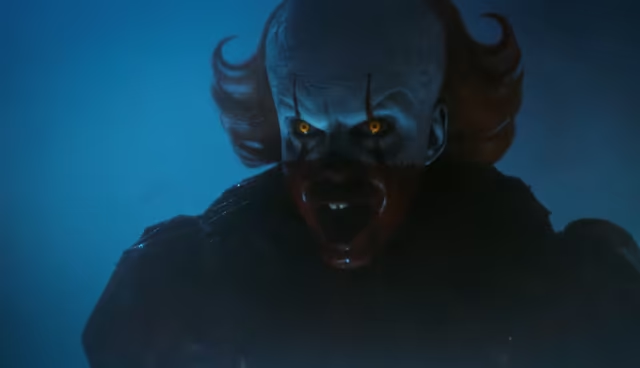
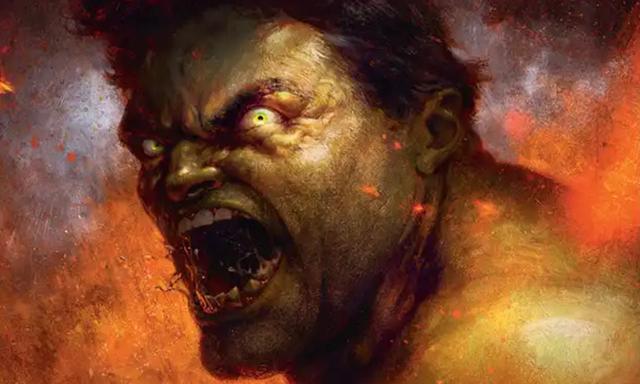

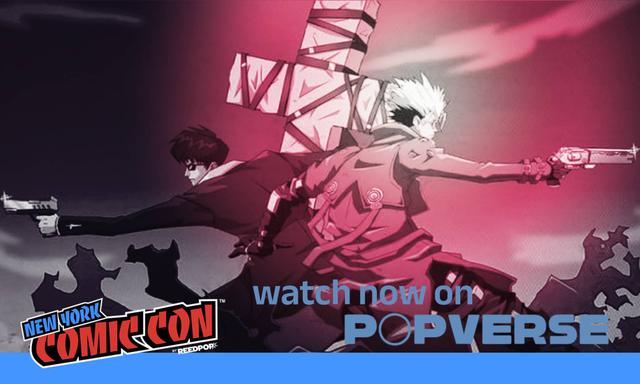
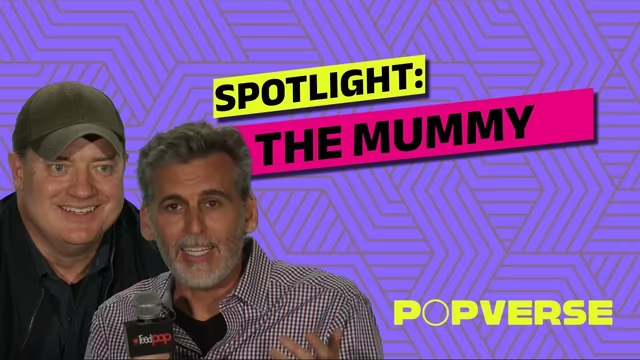

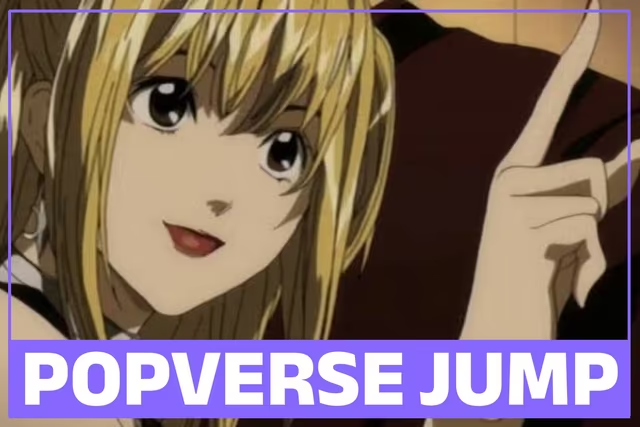
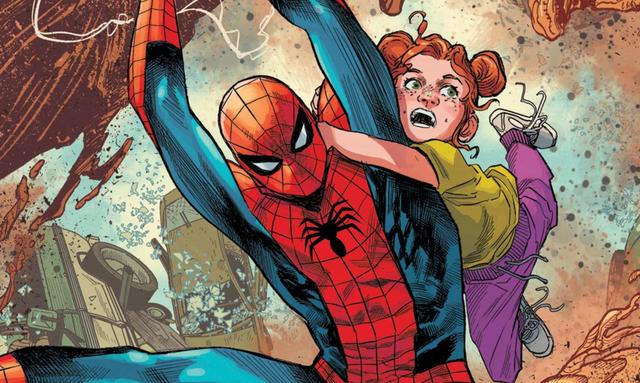
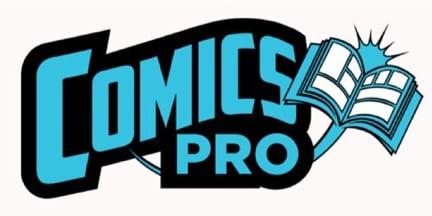





Comments
Want to join the discussion? Please activate your account first.
Visit Reedpop ID if you need to resend the confirmation email.